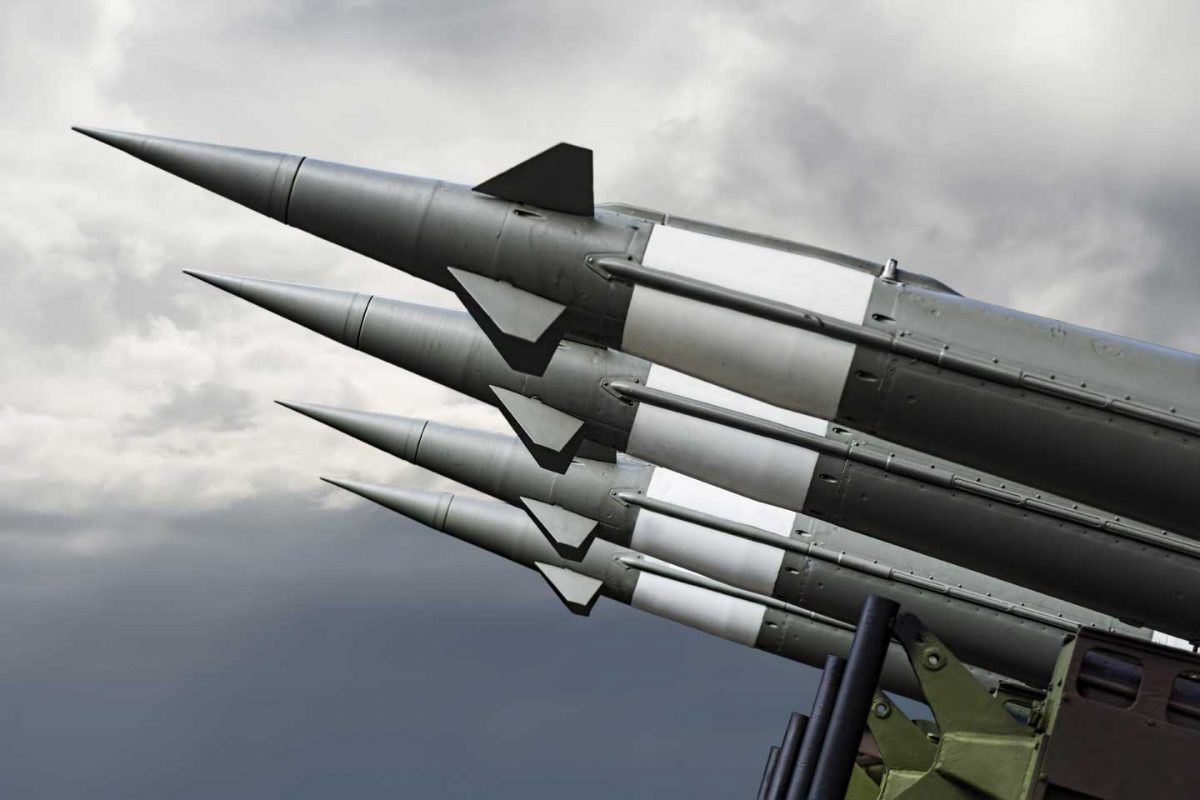National missile defense: defense theology with unproven technology.
Since programs were first launched in the 1950’s to build systems capable of intercepting incoming nuclear or conventional weapons, the United States has spent more than $250 billion on various missile defense programs. Despite decades of research, development, and testing, there remains no reliably effective anti-missile system to counter intercontinental ballistic missiles (ICBMs). Systems to counter shorter-range missiles, such as the Patriot and THAAD missile defense programs, have been more successful in tests, but their utility is limited to smaller, regional coverage areas. In fact, the system designated to intercept ICBMs, known as the Ground-based Midcourse Defense (GMD) program, has been unsuccessful in six of its last 11 tests, including three of its last five. This failing test record is exacerbated by the highly scripted conditions of the tests themselves.
Here’s how it’s supposed to work: interceptors attempt to destroy an incoming ICBM traveling roughly 15,000 miles per hour, or about 20 times faster than the speed of sound. When the Missile Defense Agency (MDA) tests GMD, it assumes prime weather and lighting conditions — and, being a test, it knows the timing and other information that no enemy would provide. Nonetheless, most tests still fail.
GMD is also exceptionally expensive. The Government Accountability Office (GAO) assesses that the total cost of the program will be almost $70 billion — and that cost estimate will almost certainly increase. But despite the hefty price tag and poor test record, some lawmakers want to expand GMD without first proving that the system is effective.
